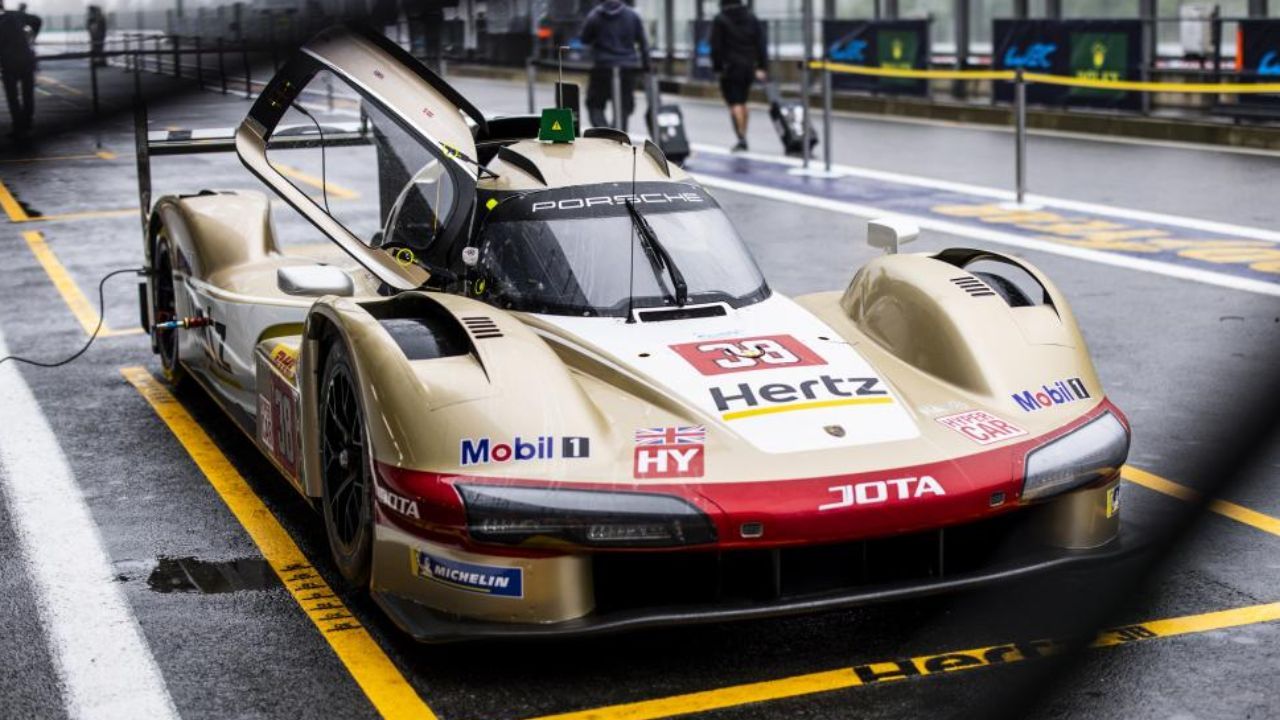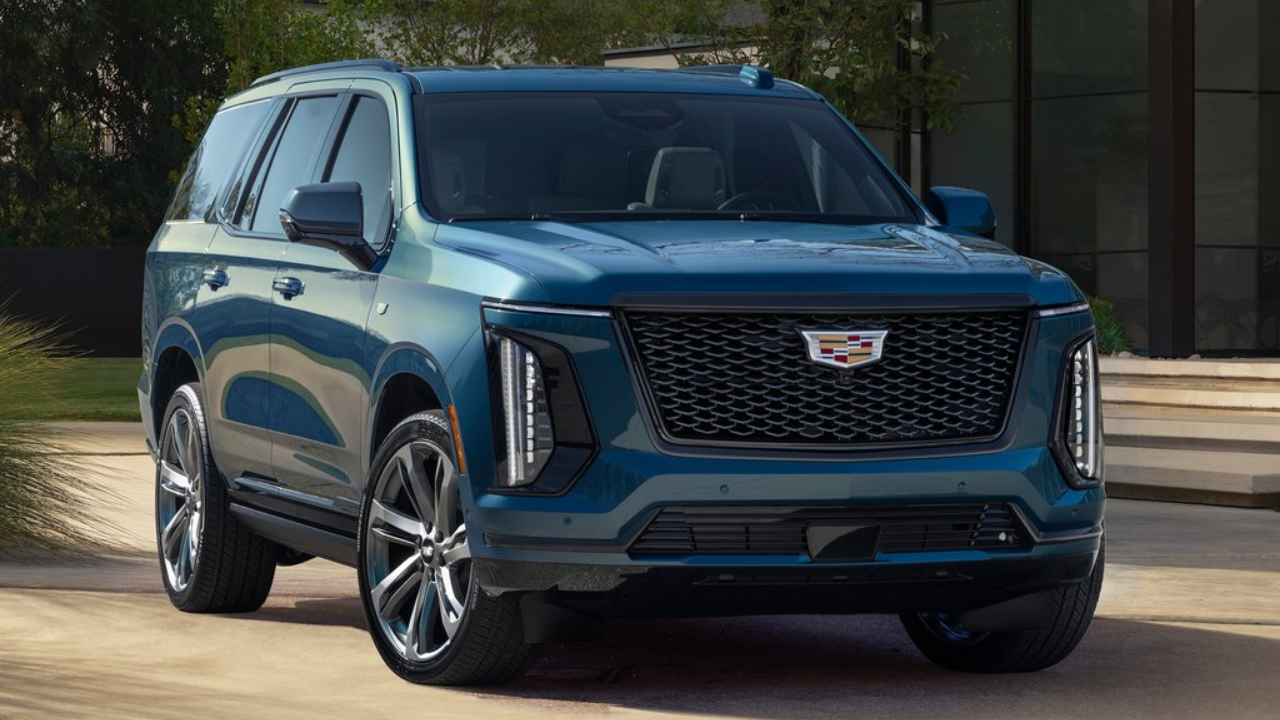F1: General Motors Could Enter Formula 1 by 2027 as an Engine Supplier for Andretti
In Formula One, the power unit is crucial to the outcome of the race. Since even the greatest drivers can't always beat out the car, the top teams need to concentrate on producing strong engines.

General Motors, who has partnered with Andretti Global in a bid to launch an all-American team in Formula 1, is considering entering the FIA Formula 1 World Championship in 2027 as a power unit manufacturer. Under its sub-brand Cadillac, the automotive manufacturer intends to develop its own power unit within the rules and regulations of Formula 1. Since the 2026 power unit manufacturers have already been declared, Cadillac could join the fray at the earliest in 2027, according to the statement issued by General Motors. Marking its return to Formula 1 as a power unit supplier is GM's arch-rival in the American automotive industry, Ford. In partnership with the Red Bull Racing team, Ford will build a next-generation hybrid power unit that will be used from the 2026 season to at least 2030.
Also to compete in the premier class of motorsport from 2026 is the new entrant - Audi Works. The German car manufacturer will enter the 2026 season with a specially developed power unit to be used by the Sauber F1 team. This project will be undertaken at Audi Sport's facility in Neuberg, Germany. Besides Audi, other fierce competitors include Alpine, Ferrari, Honda, and Mercedes.
Also Read: F1 Imola GP: Mercedes Confirms Major Upgrades for the W14 at Emilia Romagna Grand Prix
Formula 1 Engine Details

The 2026 Formula 1 power units will be part of the new technical regulations that include increased electrical power and 100 percent sustainable fuels. For those unaware, a Formula 1 'power unit' comprises an internal combustion engine, turbocharger, control electronics, motor generator unit-kinetic (MGU-K), motor generator unit-heat (MGU-H), exhaust, and power store. Speaking of the powertrain set-up, Formula 1 cars are required to use 1.6-litre V6 turbocharged hybrid engines that teams can select from a manufacturer of their own choice. These cars are lightweight and capable of reaching a top speed of over 330km/h.
Why are there only a handful of new engine manufacturers in 2026?
As the most prestigious motorsport in the world, Formula 1 is also the most costly. The vehicles are technological marvels, and the racers' engineers never rest in their quest to outdo one another. As a result, Formula 1 vehicles are exceedingly costly to construct and maintain. The most costly and difficult to master technology is the hybrid engine, which has been in use since 2014.
All of the components used in Formula 1 vehicles are high-performance and lightweight, which drives up the price. It costs between USD 10 and USD 20 million to build a Formula 1 vehicle, and more than USD 100 million for developing the car from scratch.
The power unit is a major factor in determining the victor in Formula One. The best teams need to focus on developing powerful engines since even the best drivers can't always beat out the vehicle.
The 2026 Formula One season will see Ford and Audi's debuts in the competition. Ford and Red Bull have signed a partnership where Ford will give technical inputs from the hybrid part, but Audi is entering the F1 market by acquiring the Alfa Romeo Sauber team and taking over as engine supplier.











.webp)

.webp)






Write your Comment on